The Crucibles of the Nine Circles
Composition
Manpower
The Eldar of the Magisterium are divided into formations called Crucibles of which there are nine in total, each representing the various circles (or schools) of magic which the conscripted mages would have studied before being relinquished of their will. Each Crucible is comprised of four-thousand Scholars and four-thousand Knights. The process of Soul Separation allows the Magisterium to effectively double the ranks of their military force, but the physical vessels, or Eldar Knights, are primary a labor force. In times of war and crisis the Eldar Knights can be commanded to take arms, but are little more than soaking force for more advanced armies in the world of Orr. One 'benefit' of such an expendable legion, however, is that the physical bodies are animated with life rather than possessing it of their own volition. An Eldar Knight must be severed or torn nearly to shreds before it loses the motor skills required to threaten enemies upon a battlefield. In essence they are a legion of the dead, but with an even greater moral quandary attached to their fates, for if the Knight is destroyed, the Scholar separated from its body is doomed to a life of servitude.
Weaponry
- Crucible of Abjuration
The Scholars of this Crucible reinforce the Eldar, focusing on casting protective wards, dispelling enemy magic and banishing the constructs of their enemy. Often the Crucible of Abjuration takes formation in center of the Eldar ranks so that they can assist the greatest number of their fellow mages.
- Crucible of Conjuration
These Eldar mages specialize in Teleporation magic that allows the host of the Magisterium armies to move and arrive in synchronized waves of attack, bringing different regiments of the various Crucibles to the forefront or the flanks of a conflict to deliver their spells before retreating back through the summoning gates to safety.
- Crucible of Divination
The Divination Crucible specializes in the tactics of the Magisteriums assaults. Often this Crucible will not even be present upon the battlefield itself but will be determining the outcome of events, minute by minute, and relaying it to the Magisterium Archmages so that they can properly command their forces in the heat of battle.
- Crucible of Enchantment
This Crucible is freaded for casting waves of paralyzing and shrieking fear upon their foes, turning allies against one another and even dowsing the battlefields with drifting clouds of sleeping dust, and subsequently death. This Crucible also specializes in preparing and mending the various arcane constructs, war machines, and other supplies that the Eldar employ in warfare.
- Crucible of Evocation
Fire, lightning, frost. From the sky this Crucible draws meteors, thunderbolts and storms of freezing hail. Mercilessly effective, these Eldar are terror that most envision when their minds gaze out to the possibility of facing the Magisterium. While certainly not a sophisticated tactic, a shower of explosive fireballs is unquestionably devastating and every foe whom faces the Eldar must prepare for heavy losses to this formation.
- Crucible of Illusion
The Crucible of Illusion allows the armies of the Magisterium to turn even unfavorable terrain and conditions to their advantage. They can reweave the battlefield to suit their need, casting illusionary walls, creating panic amongst the ranks of their enemies by summoning images of terrifying monsters or false regiments, disguising their ranks as the enemy, or simply going completely unseen until they are ready to strike.
- Crucible of Necromancy
This Crucible performs a specialized role amongst the Eldar as they are the commanders of the Knights. It is they who wield the physical fighting force of the Magisterium, and while often the Knights are a last resort or simply a soaking sponge for various skirmishes upon the battlefield, it is an important role for they allow the Scholars to complete their objectives unassailed.
- Crucible of Transmutation
The Scholars of this Crucible are tasked with maintaining and bolstering the strength of the Magisterium's ranks. They may invigorate the Knights with size and might that make them a reckoning force or coat their allies in flashing, armored skin.
- Crucible of Archmagic
This Crucible belongs to the Magisterium Archmages whom command the Eldar. They are often esteemed graduates of the various Lyceums of sorcery in Dalair, or perhaps even former Eldar themselves who have been fortunate enough to see the unification of their will and body. These mages are the anchor for the Eldar in any conflict.
The Scholars who comprise the true ranks of the Eldar are fearsome magic-users, but because their will is bound to the higher order of the Magisterium their weakness is the inventiveness and cunning of whom they are shackled to. Unlike a militia of free-thinking soldiers, the Eldar will obey their commands without straying from their premise whatsoever, making them slow to react upon a battlefield to the rapid maneuvers of sophisticated warfare and potentially wasting valuable spells. This weakness is of course coupled with the fact that without their Magisterium anchors the Scholars, baring no will of their own, will essentially surrender, and thus the prime strategy when facing the forces of the Elder Realm is to seek out and destroy their appointed masters. A feat easier said than done, as any that have faced the Magisterium will attest.
Vehicles
"Is it not enough that these accursed mages should force us to cut through the walking corpses of those they've ensorcelled? Must we shield ourselves from dragon fire and talons as well? Riflemen! Blast those @#$%'ed leatherwings out of the sky before they kill us all!"While the Eldar do employ the use of Teleportation circles and planar gates to navigate battlefields nearly instantaneously, the most dreaded of their 'vehicles' of war are the Drakeriders. These creatures are especially bred for their violent tendencies and thirst for mortal blood. With razor sharp talons as long as a forearm, rows of jagged, poison-tipped fangs and the strength to lift a fully armored knight and his steed from the earth and drop them hundreds of feet, the Drakeriders of the Eldar are a harrowing sight for even a steeled veteran when they make their descent. Though the exact nature of their war-training and breeding is unknown to all those save the Magisterium Drakemasters, it is speculated that before battles the beasts are fed the flesh of rotting undead and even vampire meat so that each slash and rake of their fangs and claws sow disease and pestilence among their foes, making them all the more terrifying.
The process of Soul Separation which the conscripted mages of the Magisterium undergo is said to be one of the most painful and horrifying experiences imaginable in any army. Those mages who do suffer it and survive these ordeals to receive their will and bodies reunited are described as being "deadened" afterward. This state of shell shock can last for many decades or entire lifetimes depending on the resilience of the mage in question. Other symptoms include a constant sense of weightlessness, a deep feeling of dysphoria for the body they have returned to, and slower reaction times to sensory input such as sound and light.

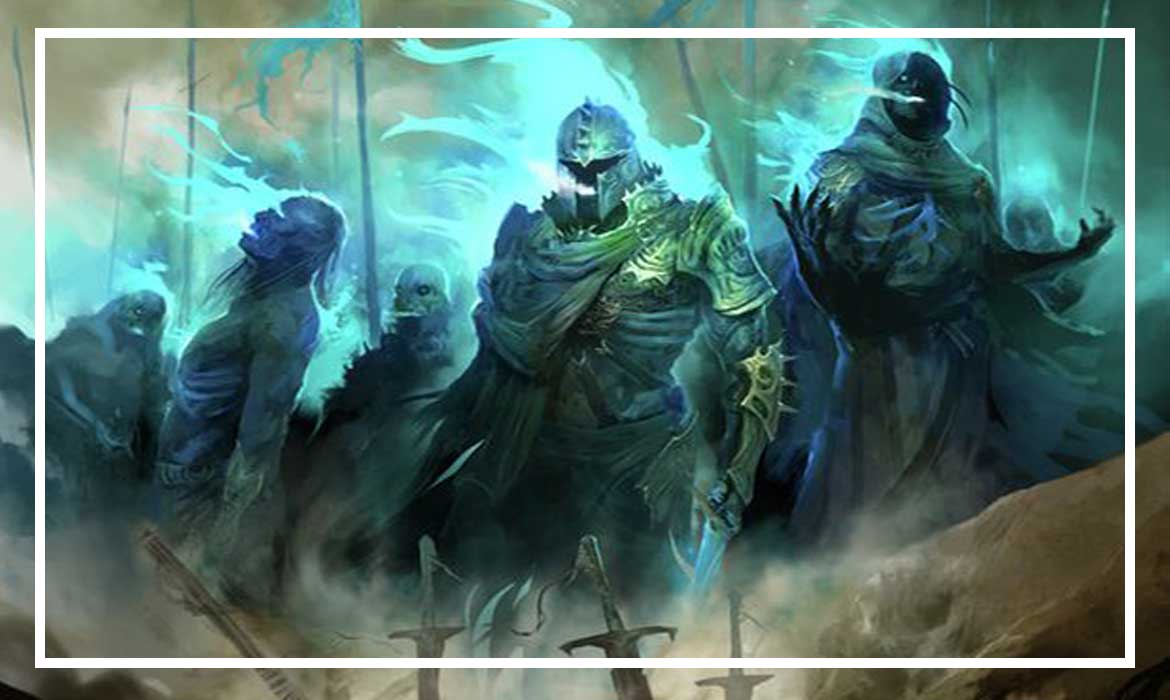
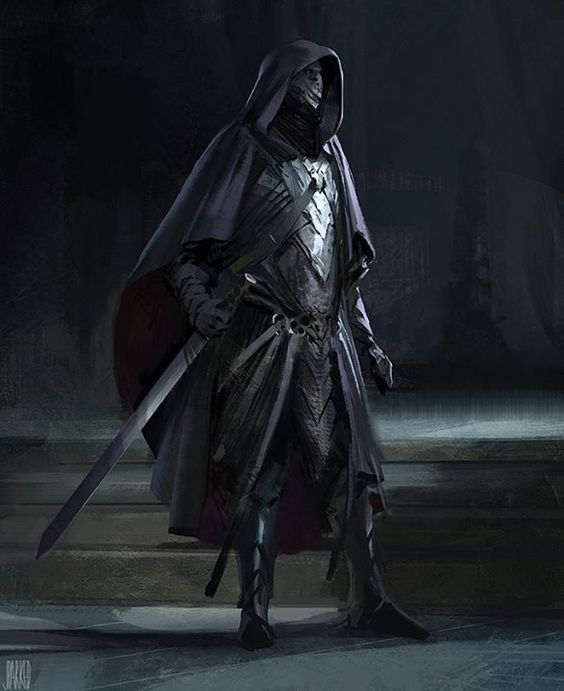
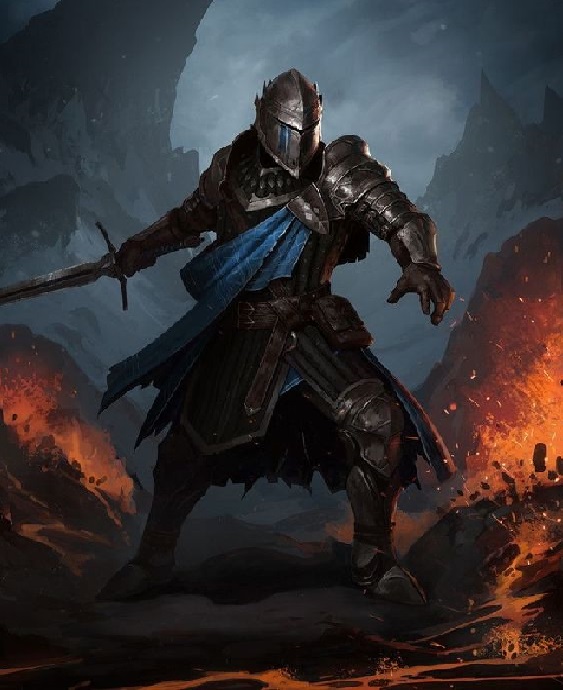
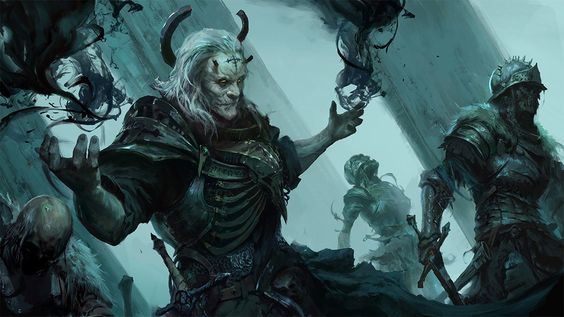
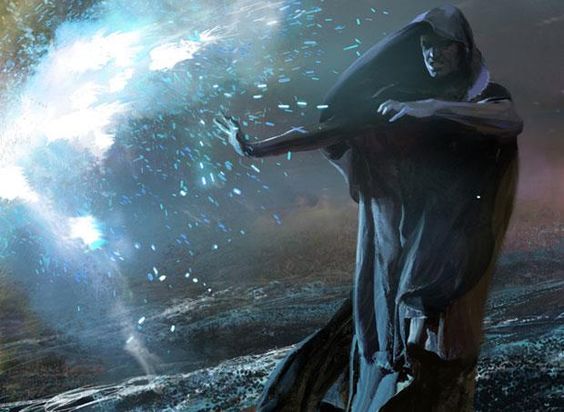
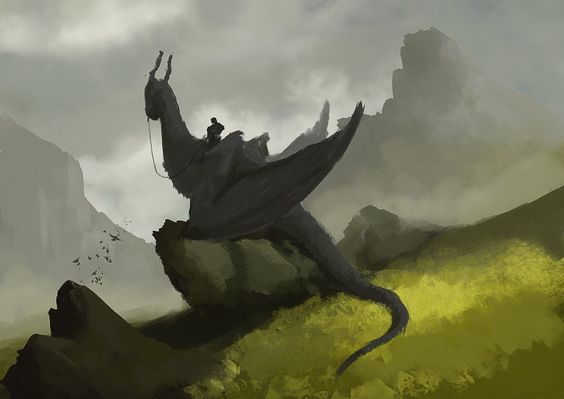
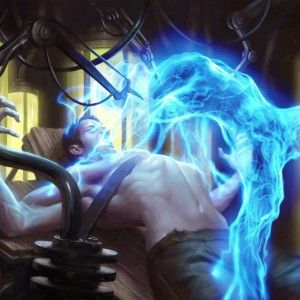


Extremely cool concept! I feel like there's something I'm not quite getting, though: why does any commoner attend the academies when they exact such a horrifying price? Are the details of conscription kept secret? Are there just that many who are desperate to learn magic no matter the cost? Or are magically gifted youths required to go, as well as required to pay for it?
Thank you! Those are really good questions. In the realm of Dalair where the Magisterium has its throne of power, arcane prowess is the only means of distinguishing oneself. To occupy any office of power or authority you must possess magical talent. The nation of Dalair also surrounds a location in my world called the Starwell, which is a tear in the multiverse where magic pours out and is barely contained by several massive structures called the Cataclysm Towers. Because the wound in the world is at the center of their nation Dalair has an extremely high population of born sorcerers and innately magical races (scuh as Tieflings). While no one is "forced" to study at the Lyceums, a sorcerer who cannot contain their power will be imprisoned or conscripted. I'll try to find somewhere in the article to elaborate on this. Thank you for you comment!